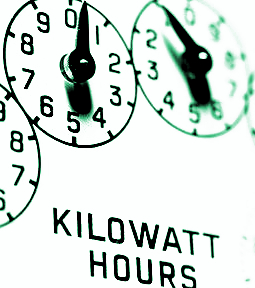IEA reports on power shift
 A new report details the major transformations underway for the global energy sector, driven largely by renewables.
A new report details the major transformations underway for the global energy sector, driven largely by renewables.
The International Energy Agency (IEA) World Energy Outlook 2018 plots a range of elements including the growing electrification to the expansion of renewables, upheavals in oil production and globalisation of natural gas markets.
While the geography of energy consumption continues its historic shift to Asia, the report finds mixed signals on the pace and direction of change.
Oil markets, for instance, are entering a period of renewed uncertainty and volatility, including a possible supply gap in the early 2020s.
Demand for natural gas is on the rise, erasing talk of a glut as China emerges as a giant consumer.
Solar PV is charging ahead, but other low-carbon technologies and especially efficiency policies still require a big push.
“Our analysis shows that over 70 per cent of global energy investments will be government-driven and as such the message is clear – the world’s energy destiny lies with government decisions,” says IEA Executive Director Dr Fatih Birol.
“Crafting the right policies and proper incentives will be critical to meeting our common goals of securing energy supplies, reducing carbon emissions, improving air quality in urban centres, and expanding basic access to energy in Africa and elsewhere.”
In power markets, renewables have become the technology of choice, making up almost two-thirds of global capacity additions to 2040, thanks to falling costs and supportive government policies.
This is transforming the global power mix, with the share of renewables in generation rising to over 40 per cent by 2040, from 25 per cent today, even though coal remains the largest source and gas remains the second-largest.
This expansion brings major environmental benefits but also a new set of challenges that policy makers need to address quickly.
With higher variability in supplies, power systems will need to make flexibility the cornerstone of future electricity markets in order to keep the lights on.
The issue is of growing urgency as countries around the world are quickly ramping up their share of solar PV and wind, and will require market reforms, grid investments, as well as improving demand-response technologies, such as smart meters and battery storage technologies.
“This means that if the world is serious about meeting its climate targets then, as of today, there needs to be a systematic preference for investment in sustainable energy technologies,” Dr Birol said.
“But we also need to be much smarter about the way that we use our existing energy system. We can create some room for manoeuvre by expanding the use of Carbon Capture Utilization and Storage, hydrogen, improving energy efficiency, and in some cases, retiring capital stock early.
“To be successful, this will need an unprecedented global political and economic effort.”







 Print
Print